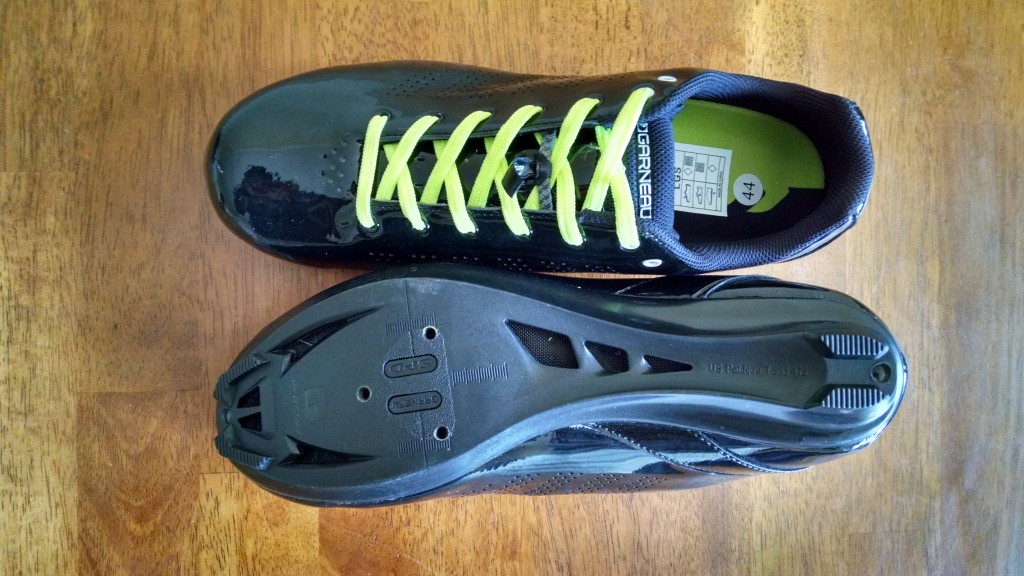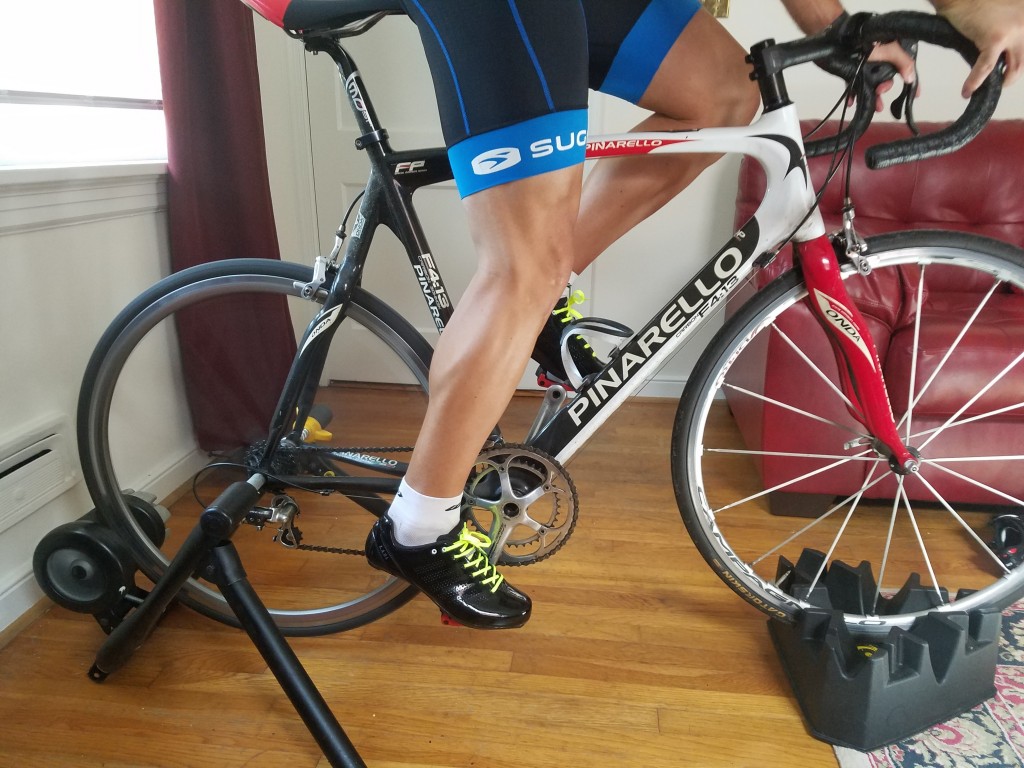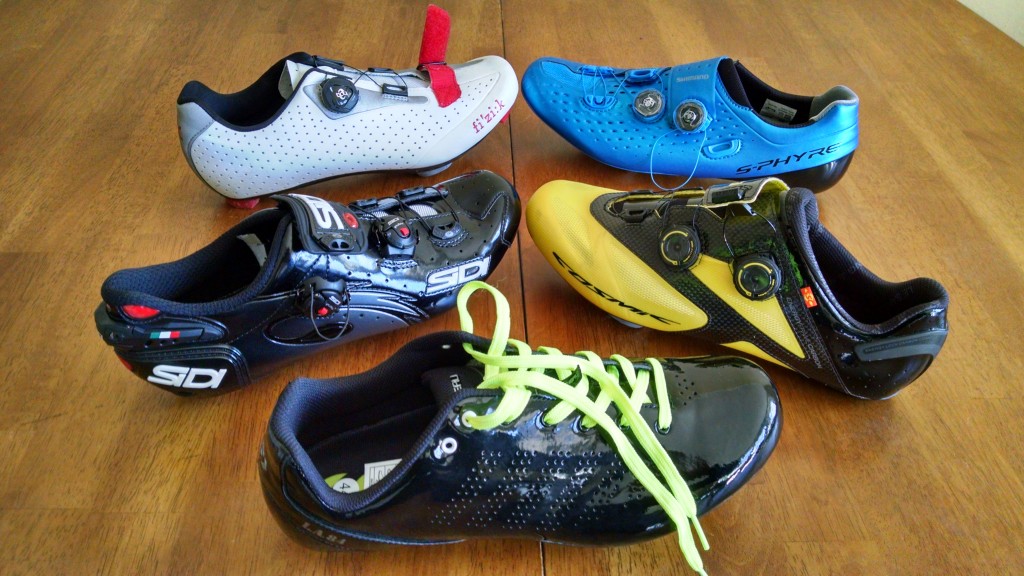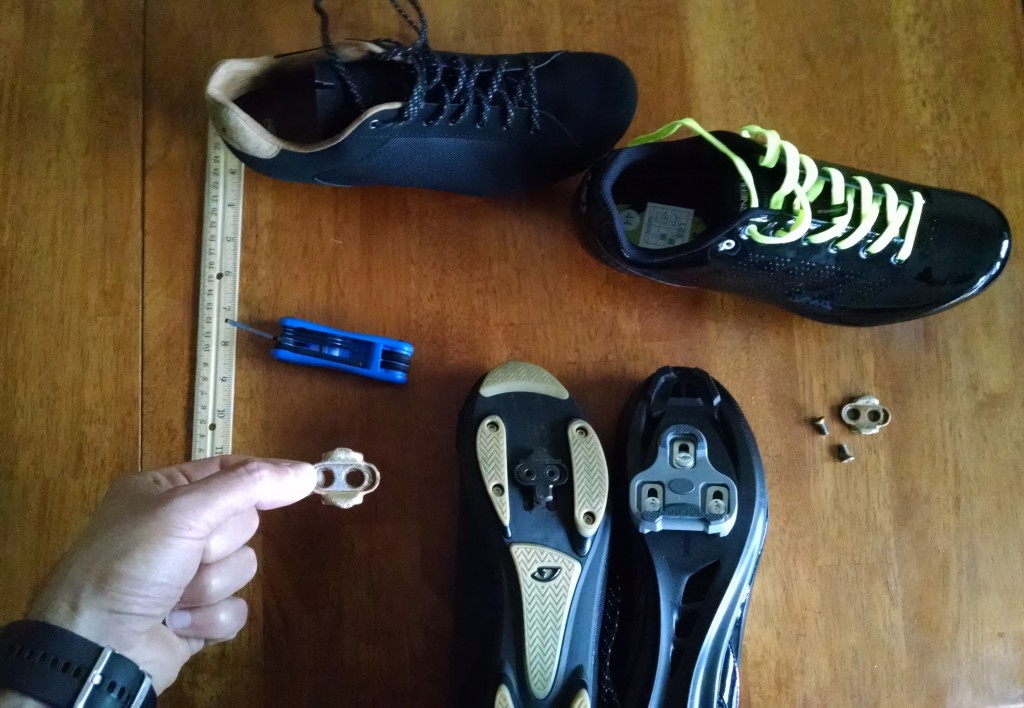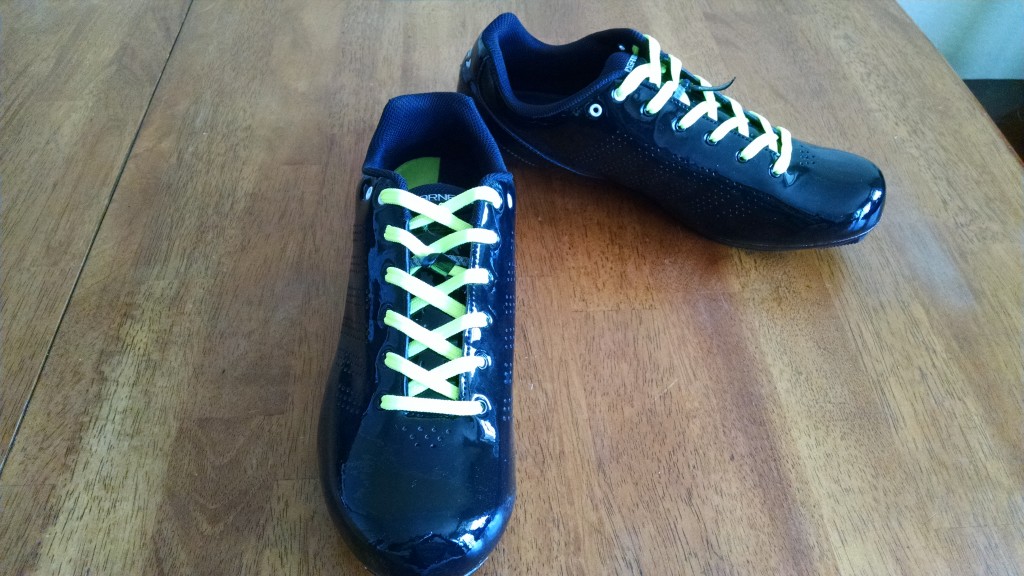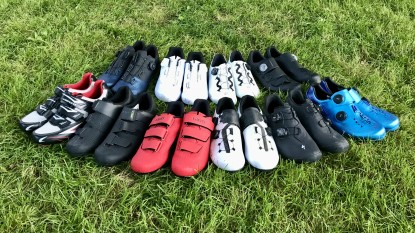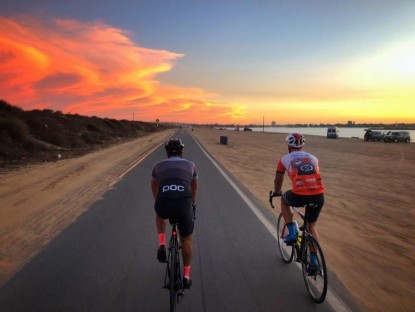Louis Garneau LA84 Review
Our Verdict
Our Analysis and Test Results
For a lot of roadies, laces are pretty antithetical to cycling shoes, so these kicks had us skeptical. As it turns out, the laces weren't a serious imposition and gave an excellent, tight fit. The drawback showed itself after riding for a good long while when I was ready to loosen the shoes up. However, they work just fine on shorter rides. Surprisingly, they are relatively lightweight, lighter than even pro-level shoes like the Fi'zi:k Infinito R1, which won our Editors' Choice Award.
Despite their impressive lightness, they are entry-level shoes and end up near the lower end of the spectrum across most of the other measures. That doesn't make them terrible shoes - they wouldn't be in this lineup if they were anything less than excellent, but they face some serious competition. Read on as we break them down across a handful of categories and compare them to some of the top shoes on the market.
Performance Comparison
Yes, the chart shows the LA84s bringing up the rear, but someone has to be the lanterne rouge, and it's not an indicator of failure, just that the rest of the field was solid.
Comfort
The Louis Garneau use a synthetic leather and mesh upper that helps keep the shoe rigid, but breathable. They have a healthy amount of padding on the tongue and collar, but the lining is slightly rough. This is a bit troublesome because the opening and heel are a bit loose, which allows the heel to slip to the point that it chafes. This is pretty annoying because the toe box is so narrow compared to the heel, so riders with isosceles triangles for feet will do well in these.
If you're interested in a premium road shoe with excellent comfort, take a look at the Shimano S-Phyre, which won our Top Pick Award for its top performance at a discount to typical pro-level prices.
Weight
These kicks come in at just 20.9 ounces in men's 44, which puts them alongside high-performance shoes like the carbon-intensive Mavic Cosmic Ultimate II and ahead of both the Fi'zi:ks and Sidi Wire Vent Carbons. They achieve this by using a fairly thin synthetic leather upper and a heavily vented, thin injected nylon and fiberglass composite sole. As light as these are, there are lighter shoes, including the Giro Empire ACC and Shimano S-Phyre, both of which use carbon fiber in their soles and less padding.
Power Transfer
The tight upper and stiff injected nylon and fiberglass sole help with power transfer, but they just don't deliver what we'd expect in a road shoe. Louis Garneau notes that its HRS-80 helps retain and cup the heel, but that doesn't seem to be the case. There's a good deal of lift - enough to cause chafing. The shoes do fine for entry-level shoes, but don't touch the likes of their pro-level competitor, Fi'zi:k, which uses a stiffer carbon sole and better fastening and heel design to clamp down on slippage. If you want the ultimate in power transfer, look at the Sidi Wire Vent Carbon and pay attention to the tight heel retention system and narrow neck.
Adjustability
Because the L.A. 84s go with the lacing thing, they are at a bit of a disadvantage in this category. They are great when it comes to getting a uniform, tight fit, but when it comes to wanting it tight across the upper part of the foot and loose over the toes, it's impossible. This is partially because the toe box is already small, but also because the laces tend to even out as you ride. Further, there's no real option to loosen the laces without untying and retying. This makes micro-adjustment and especially adjusting on the fly an impossibility.
A better option can be found in the Fi'zi:k, which uses a bi-directional Boa dial and a simple toe strap to provide on the fly adjustment and micro-adjustment. Top of the shelf adjustability can be found in the Sidi.
Durability
These do fairly well in this category. Their synthetic leather upper is only one piece, so there is limited stitching and, therefore limited areas where the upper is vulnerable to tears and breakdown. They also use a very hard injected nylon and fiberglass outsole that can take some abuse, but even carbon fiber will start to shear off after enough kicking, scraping, and grinding, and these have small, irreplaceable heel and toe pads to protect the sole.
For an extremely durable shoe with all sorts of reinforced regions and replaceable parts, take a look at the Sidi Wire Vent Carbons.
Best Applications
They use 2-hole and 3-hole configurations on the outsole and have a wide platform for conversion to SPEEDPLAY. This means you can ride any way you'd like with any cleats you want, but these are best for road riding and possibly spin. Anything requiring walking (like commuting, leisure touring, mountain biking, spinning) will be less than ideal.
Value
Their retail is not a steep ask, especially if you like laces. They give serviceable performance and will last a few seasons. These delivered every dollar worth of appeal, performance, and longevity.
Conclusion
These are a budget buy in the world of road cycling. They will get you out on the road and serve you well for some time, but they're not going to let you live your best roadie life. Yet, we think they are an excellent option for entry-level riders who don't need to spend a paycheck on elite gear like the Sidi Wire Vent Carbons. Doubly useful for that rider is the SPD compatibility that opens them up as commuter shoes. These are the right shoes for those riders, and they will be happy in them.



